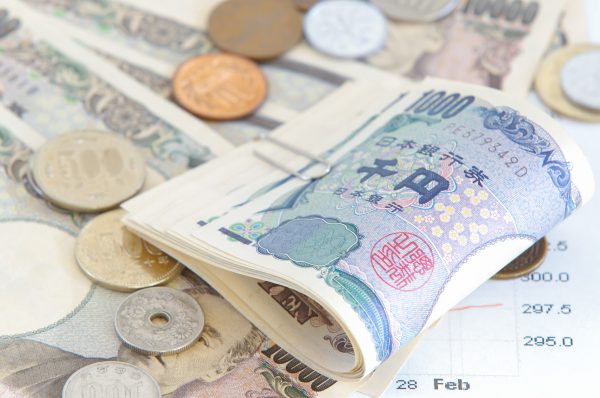Since the mid-1990s Japan has struggled with mild but chronic deflation while other major economies struggled to address inflation and rising living costs. But now the return of global inflation has begun to push up food prices at supermarkets across Japan.
Prices for typically low-cost items such as bread, milk, jam, ketchup, noodles, sausages, and beer have risen between 2 to 12 percent. This has come as a shock to Japanese consumers, who have lived without inflation for almost 30 years.
Supply side disruptions stemming from the global pandemic and the war in Ukraine coupled with the weak Japanese yen are driving up prices. Last month the Japanese yen slid to its lowest level in 20 years, going above 130 against the U.S. dollar.
A weak yen is typically seen as a blessing for export-orientated businesses as foreign currency can be exchanged for more yen. In turn, it allows companies to lower the prices of goods and increase exports.
But in Japan’s case the benefit of a weak yen is looking more and more questionable amid current inflationary pressures. A survey of 2,000 small to midsize companies found that only 1.2 percent believe the weak yen is favorable. More than half responded that the disadvantages are significant. Some familiar household snack brands are bracing for a drop in sales and rather than raise prices they have opted to reduce the weight of a package of potato chips by three to five grams.
Last week, Japan’s Minister of Finance Suzuki Shunichi described the current situation as a “bad weak yen.” The U.S. Federal Reserve has raised its benchmark interest rates by 0.5 percent in an effort to combat inflation. The Bank of Japan (BOJ), on the other hand, called Japan’s depreciating yen a “plus” for the country and has defended its near zero interest rates. This is in part due to inflation remaining under the 2 percent target set by the BOJ in January 2013.
Some economists are urging the BOJ to raise interest rates. While BOJ chief Kuroda Haruhiko acknowledged the weak yen’s role in increasing business uncertainty and derailing business plans, the BOJ isn’t likely to tweak its monetary policy until the end of year or perhaps after Kuroda’s retirement in April 2023.
The rising cost of raw materials is an added burden on household finances. As a resource-poor island Japan imports 60 percent of its food annually. What’s more, a government survey last year found that food accounted for the highest portion of household expenses at 28 percent. If the food prices continue to rise on the back of stalling wage increases, experts say low income earners will be the first to cut back on household consumption, leading to a significant drop in food sales in the second half of the year.
The government has begun to take action ahead of the upper house elections this summer. Prime Minister Kishida Fumio announced a 6.2 trillion yen ($48 billion) spending package made up of subsidies to cushion fuel price hikes as well as cash handouts for low income households with children.
After the bubble burst in the 1990s, Japan’s economy suffered from a recession caused by a strong yen. Similarly, Japan’s economy slipped into recession following the 2011 triple disaster – a earthquake, tsunami, and resulting nuclear crisis. That prompted former Prime Minster Abe Shinzo (who took office in late 2012) to introduce large-scale monetary easing policies, coined Abenomics, to bring down the yen.
Kishida, who took office seven months ago, promised an upgraded version of capitalism with a “virtuous cycle of growth” as its centerpiece. His vision involves giving companies incentives to boost wages to tackle wealth disparity with the goal of expanding the middle class. Wage growth would lead to increased private consumption that would address the slow pace of inflation plaguing the Japanese economy.
With Japan’s COVID-19 restrictions on travel and dining out lifted in late March, there were hopes for the resumption of household spending. But instead the rising price of energy and food is prompting consumers to look for ways to save money.
Despite the headwinds, it’s believed Kishida will not deviate from the signature monetary policy of political heavyweight Abe, who remains an influential member of the ruling party, until after the upper house election.


